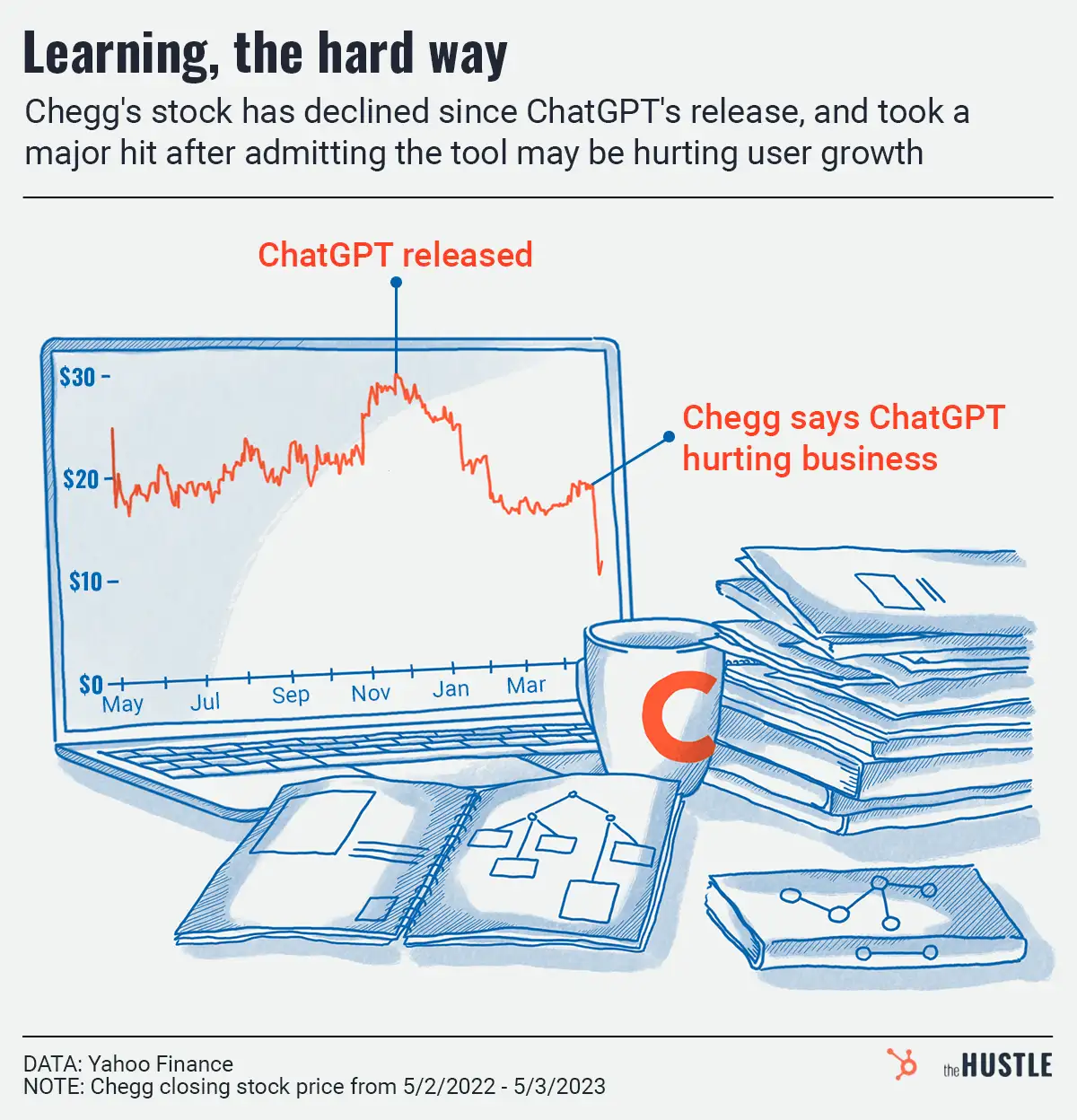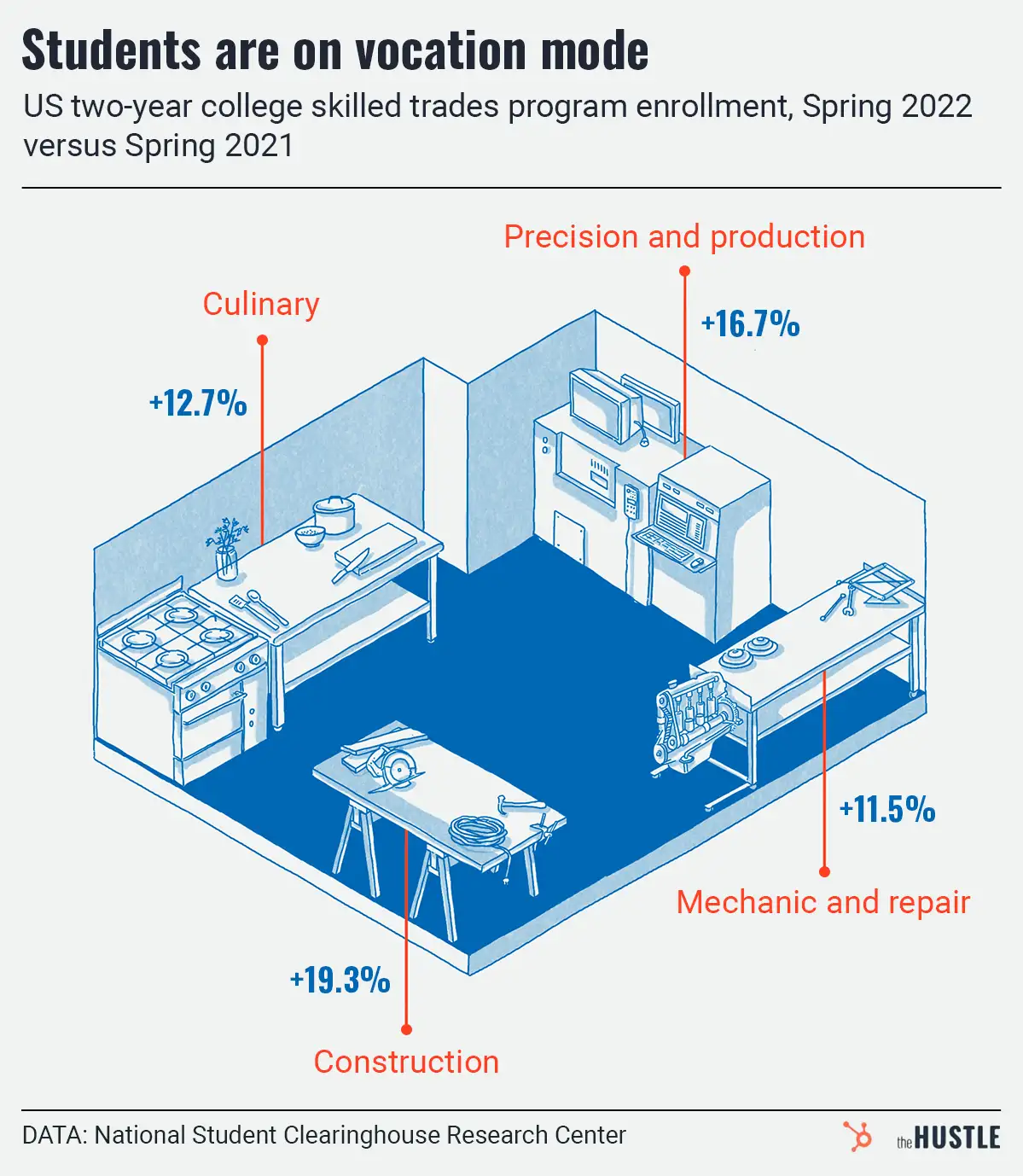Small colleges and big universities — including the likes of Harvard, Duke, and Yale — are “course sharing,” or teaming up to offer students a wider array of classes.

It’s already common among smaller liberal arts schools, and increasing among community colleges and HBCUs, per The New York Times.
Why it matters
Demand for colleges has already been falling due to student loan worries and alternative education paths, like much-cheaper courses offered by tech firms.
Liberal arts colleges face another challenge as students shift away from humanities degrees, like English or philosophy, in favor of those that offer a clear career path, like coding or cybersecurity.
Schools that don’t offer those programs risk losing students, but often lack the up to $2.2m it can cost to develop a new program.
Through course sharing, the larger school streams its already-developed classes online to students from both schools. It’s a win-win scenario:
- Smaller colleges remain competitive and maintain enrollment levels
- Larger schools fill open spaces
- Students can attend their school of choice and still take the classes they want
Tech startups support the trend
Course-sharing platforms like Acadeum, which has a network of 440+ schools, handle infrastructure and moving pieces — tracking grades, payments, etc.
All three get a cut of tuition, but the smaller schools ultimately benefit from overall enrollment.
For example, Adrian College, a liberal arts school in Michigan, has added programs in 17 fields over the last two years, attracting 100 students, per NYT.
Their combined four-year educations are expected to bring in $8m+ in tuition and other fees.










